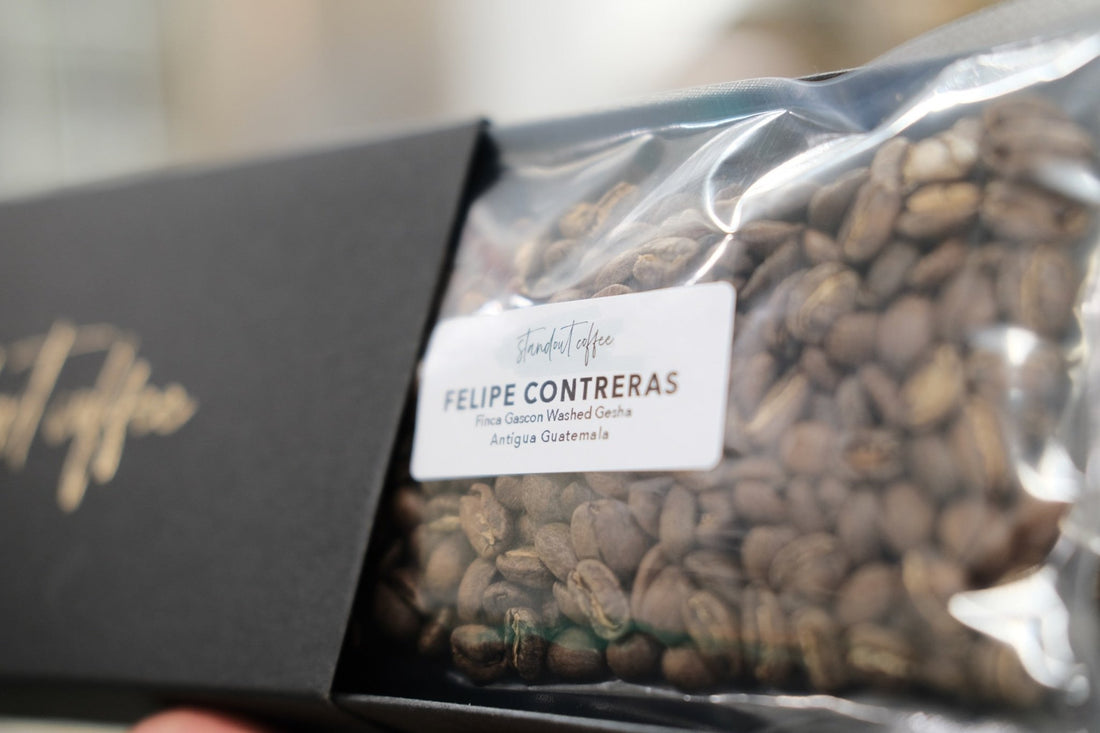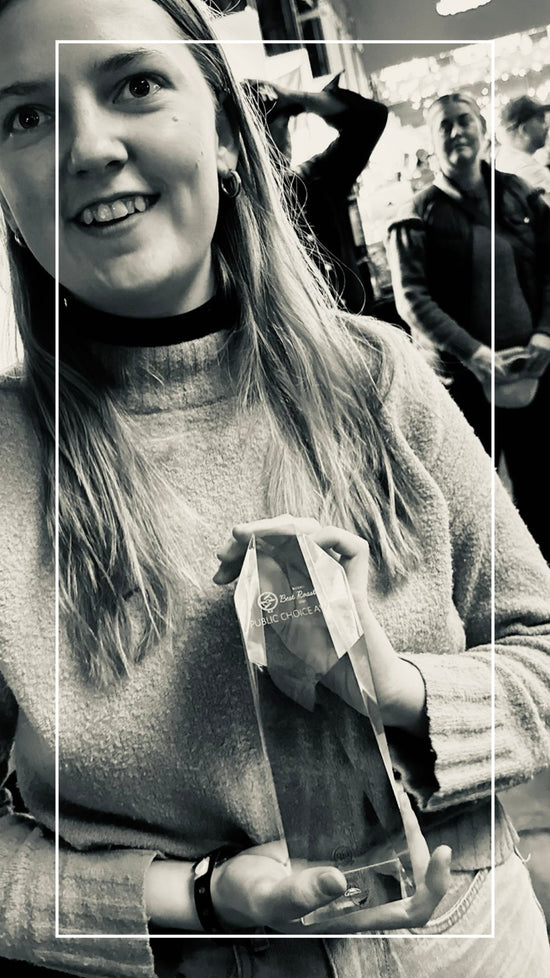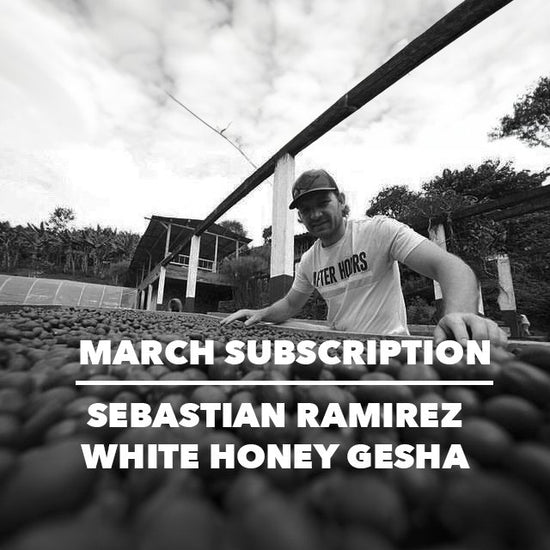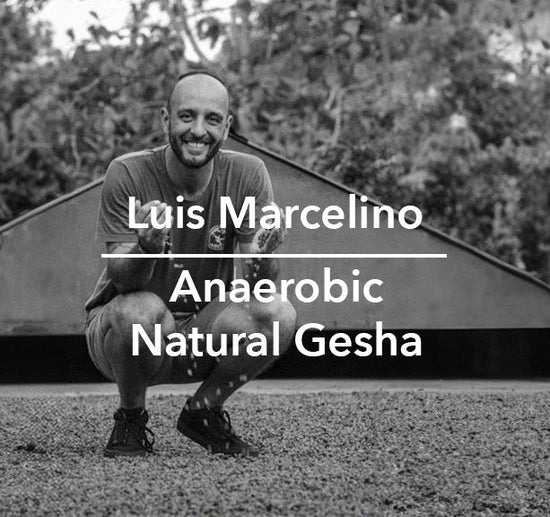Guatemala, Felipe Contreras Finca Gascon, Washed Gesha
”We met Marta, founder of Coffee bird 12 years ago when we organized a cupping at Prufrock in London. I’ve been tasting her samples on and off ever since and have wanted to find something amazing to showcase to the wider Standout Coffee community just how stunning the best of the best Guatemalan coffees can be!
This washed gesha produced by Felipe Contreras is sparkling fresh, vibrantly clean and stunningly complex. An outstanding Competition style coffee, and we are so proud to release it as our January 2024 Competition Subscription Coffee ”
/ Alexander
Taste description:
Very complex with a velvety body and sparkling acidity. Notes of oolong tea, white grape and red cherries with a vivacious jasmine finish
Gildaro Family Story
Every farmer’s love story with coffee begins uniquely. For Gildardo Contreras, it started as a young boy were in his back garden his parents had 50 bourbon coffee trees, they would pick and process together. In 2012, Gildardo made his dream a reality when he purchased a farm from a relative who grew both avocado and coffee. He slowly started buying up the neighboring parcels until reaching the current farm size of 54 acres.
Felipe, Gildardo’s son, now manages the farm focusing on quality, and works with the neighbours to improve both quality and processing techniques. They are always looking at natural remedies for plagues and even have a magic concoction of garlic, chilli, onion and water that eliminate one plague mould (fumagina)
Processing
P I C K I N G
Before picking, the coffee cherry brix levels are measured to identify the parcels and cherries to be picked. Brix range is between 18–23 degrees. The coffee is sorted at the end of the day. The coffee is then weighed, and transported to the wet mill.
WASHED
At the wet mill, coffee is weighed, and transferred to flotation tanks. After the floaters are removed, the coffee is pulped and transferred to concrete fermentation tanks. The coffee ferments for up to 76 hours depending on the weather. After fermentation, the coffee mucilage is removed by a demucilager. The coffee returns to the fermentation tank and soaks in water for another 24 hours. From there the coffee goes to the washing channels which classifies beans by density. Less dense beans are separated, and coffee is transferred to raised beds.
D RY I N G
The coffee is dried on raised beds. They also have guardiolas, but have not had to use to date. The coffee parchment is removed when it has reached its ideal moisture degree for storage.
ANTIGUA region
The coffee region of Antigua is spread across a valley surrounded by three volcanoes, Agua (Water), Acatenango, and Fuego (Fire). The coffee grown in Antigua is enriched by the volcanic soil and tends to hold moisture well. The main shade tree used in Antigua is the gravilea, which helps protect the coffee from frost.
The main town in the region is also called Antigua. It is a cultural center for tourism, as it is the ancient capital of both the Mayans and the country of Guatemala. The increase in tourism has attracted plenty of locals and foreigners to live in the town. The demographic pressures create a demand for property in the region, and as such, farmers are enticed with lucrative property offers to sell their land. The key to keeping coffee in the region is to ensure farmers are being rewarded for the quality they are producing.




